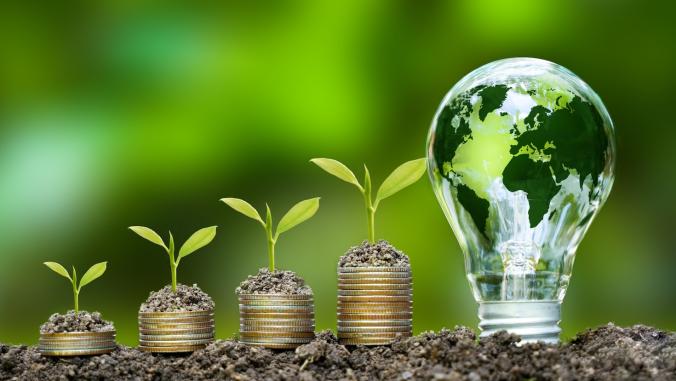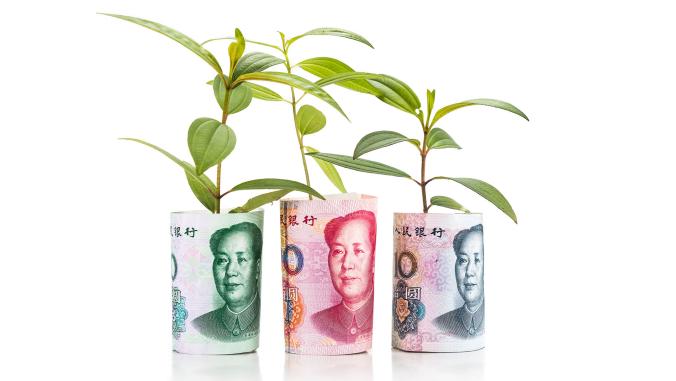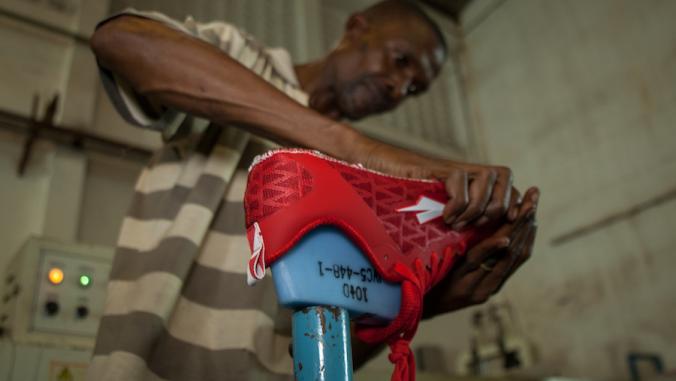In October, President Xi Jinping delivered a speech during the 20th National Congress (known as 二十大/ Èrshídà) where he took stock of the recent past and outlined a path for China’s near future. China is the world’s largest economy when adjusting for purchasing power parity, representing about 19 percent of global economic activity with a population of 1.4 billion people. Therefore, understanding China’s plans is important for multinational companies, global supply chains and cross-border investors.
What insights can the ESG-focused gain from this quintessential convening? Three areas are worth particular mention: agrifood sector support, R&D for decarbonization and headway for building a just and inclusive economy.
China is generally understood among climate experts to be an important player for two reasons: The country is the world’s largest renewable energy market, both in terms of manufacturing and domestic deployment, and it is the largest annual greenhouse gas (GHG) emitter. However, because a third of global GHG emissions emanate from the agrifood industry, recognizing the climate impact of China’s food and agriculture strategy is equally important.
In the Èrshídà address, Xi elucidated that China will take measures to ensure food security and, as stated in the official English translation of the text, "invigorate the seed industry, support the development of agricultural science, technology and equipment, and refine the mechanisms for ensuring the incomes of grain growers and for compensating major grain-producing areas." While China’s Nationally Determined Contribution for meeting the Paris Agreement mentions agrifood, there have been no specific ag-related climate targets. This is significant because the future points to a ramping up (not a slowing down) of agrifood in the nation.
Already, China is the largest grain producer and the largest exporter of fertilizer. And since nitrogen-based fertilizer production and use are on the rise within the sector, so are the associated emissions. The greenhouse gas nitrous oxide (N2O) is 265 times more heat-trapping than carbon dioxide and remains in the atmosphere for 100 years or so. When nitrogen-based fertilizer reacts with soil microbes, N2O emissions are released. Therefore, China will have a vital role to play in making the fertilizer supply chain more climate-friendly.
Despite roughly 70 percent of the population being fed by smallholder farmers, six firms control 78 percent of the global agrochemical market. The Syngenta Group, historically a Swiss firm that in 2017 became owned by China’s SinoChem, controls almost 25 percent of the pesticide market. According to BRIDGE, an online platform that aggregates data on ESG impacts of publicly traded companies, a few China-based firms, including Sinofert Holdings Limited (fertilizers), WH Group Limited (big meat) and Yuan Longping High-Tech Agriculture (seeds and agrochemicals) make the divestment list for climate-unfriendly impacts. Companies that have solutions to greening these sectors, or for helpfully disrupting the sectors through alternatives, will thus have an abundant investment greenfield.
The Èrshídà speech strikes a prideful tone when it comes to R&D and technological progress; "we will accelerate the R&D, promotion and application of advanced energy-saving and carbon emission reduction technologies, encourage green consumption, and promote green and low-carbon ways of production and life," Xi said. China has the second-highest public R&D investment at 2.8 trillion renminbi (RMB) per year (trailing the U.S.). This is good news for the climate because China also hosts significant manufacturing and industrial activity in the "hard-to-abate" sectors, notably chemicals, cement and steel. Decarbonizing these industrial activities will require both invention and innovation. Chinese R&D spending will be needed to reach the "30-60" objectives whereby China aims to peak GHG emissions by 2030 and become carbon neutral by 2060.
If history is any predictor, public R&D would support a pipeline of climate tech startups. Exits for such startups would continue in the form public listing or acquisition. For the listed option, there is climate visibility among the three stock exchanges: Shanghai; Shenzhen; and the new Beijing stock exchange for small and midsize enterprises (SMEs). Somewhat modeled after Carbon Collective’s U.S. climate index, a new index has grouped the top 100 listed Chinese companies that are actively building and implementing climate solutions; it’s called the CSI Jinsinan Climate Friendly Index.

The Chinese cleantech and climate investment space is maturing: 36kr created a database of Chinese climate tech venture capital and private equity firms called Shuang-Tan (双碳) and Governance Solutions Group (GSG) has created a comprehensive database of Chinese climate-friendly banking and investment products available for retail and institutional consumers.
Xi addressed China’s commitment to common prosperity (共同富裕/gòngtóng fùyù) at the 10th meeting of the Central Committee for Financial and Economic Affairs in August. The theme of common, or shared, prosperity also featured strongly during the Èrshídà. The concept can be likened to DEI-J or JEDI — that is, pursuing an economic trajectory that is just, equitable, diverse and inclusive. For instance, the words equity/equality (平等/píngděng) and justice (公正/gōngzhèng) are often found surrounding public infrastructure projects in China.
Xi acknowledged that disparities exist and persist in China, and that at this juncture, economic priorities need to address those gaps. In practice, common prosperity includes supporting SMEs, addressing the rural-urban divide in well-being, and focusing on the overlooked regions and their inhabitants. What could be an example ESG target that uses a JEDI or common prosperity lens for domestic and foreign investors? Think of an SME operating in the green industrial supply chain, in a rural area outside of Beijing-Shanghai-Guandong-Shenzhen (北上广深), employing company leadership that is inclusive.
To use language from the Èrshídà presidential speech, any company or investor that can help achieve the vision of "a world of common prosperity through mutually beneficial cooperation, an open and inclusive world through exchanges and mutual learning, and a clean and beautiful world through green and low-carbon development" seems aligned with the macro aspirations of China and its economy.






